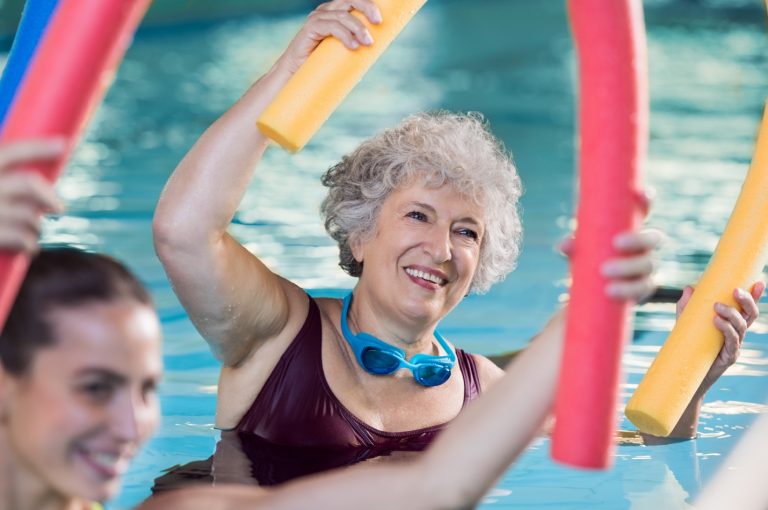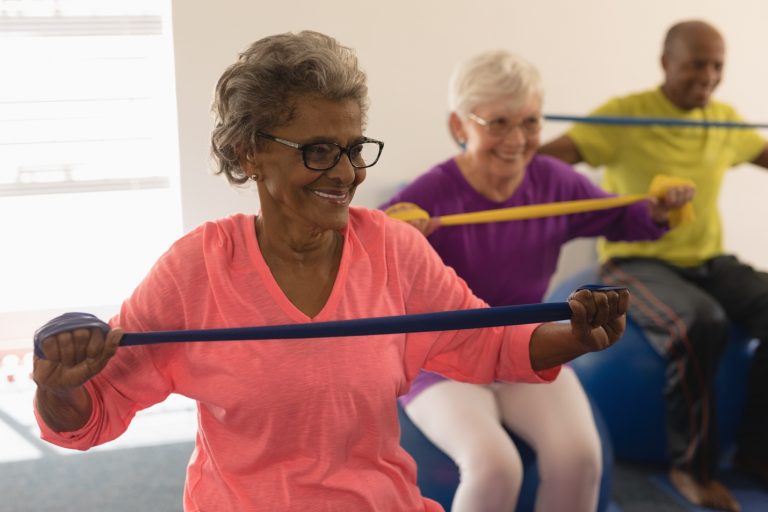Tai Chi and Other Exercises You Can Do at Home: Improving Health and Wellness Through Physical Activity
Health has never been more at the forefront of everyone’s mind as it is in 2021. Keeping immune systems functioning properly whether it’s through medicine, nutrition, exercise or wellness, health is definitely top of mind. And continuing to exercise as we age can help us maintain our self-reliance in our later years.
Tai Chi
Tai Chi is an ancient Chinese practice that uses precise movements to improve your “life energy”. Now that might sound intimidating, but Tai Chi can provide a multitude of health benefits, particularly for seniors. The practice focuses on slow controlled use of your muscles and can increase stability, balance and flexibility in seniors. Research has shown that when practiced regularly it can be used for the reduction of pain, particularly in those that suffer from back problems, osteoarthritis or fibromyalgia.
Water Aerobics
In recent years, water aerobics has continued to grow in popularity amongst people of all ages, but specifically seniors. For one, it’s low impact which makes it great for those suffering from joint pain or arthritis because of the buoyancy factor of exercising in water. Water aerobics exercises like aqua jogging and leg lifts are a great way to improve your strength, flexibility and balance without a ton of impact on your joints. Plus, these exercises can get your heart pumping which is good for the health of your heart and lungs.

Resistance Band Workouts
Resistance bands are strips of rubber that provide different levels of tension and resistance to help you increase muscle and strength without added stress on the body. These types of workouts are a great way for beginners to enter the exercise world. Exercises like bicep curls and “band pull apart” are great ways to increase strength and mobility and even improve posture.

Walking
Using walking as an exercise can do wonders for both the body and mind. Studies show that walking 10,000 steps a day has been shown to lower the ten-year outlook for mortality significantly. That being said, the general goal is to shoot for 10,000 steps a day, but those that struggle with joint pain can do less. Using a cell phone or a fitness tracker can help you keep track of your steps throughout the day and finding an audiobook or playlist that you find enjoyable can help you pass the time while out walking.

